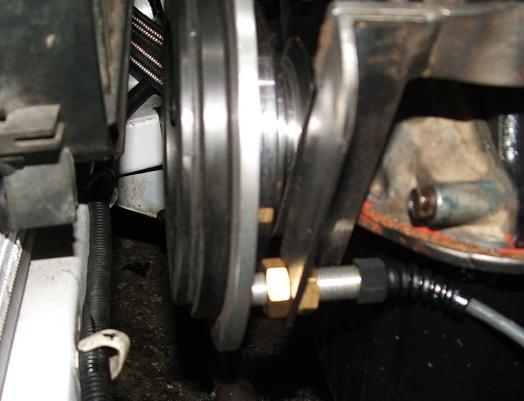A harmonic balancer is like a small flywheel at the front of the engine, except that it is mounted in rubber or other elastic material & is integrated with the front pulley. As the rotating crank accelerates & slows during a single rotation, or as Aiden correctly put it "loads and unloads in the twisting direction", this 'little flywheel' either lags behind the acceleration, or over runs the deceleration of the twisting/rotating crank & it can do so because of its flexible mounting ring. This has the effect of damping out the worst of the sharp changes of rotational velocity & as the name suggests, it helps to balance out the harmonic frequencies in the crank & in so doing it can save the engine from a nasty incident at speed.
In the A series engines case, it either dampens the frequencies that cause the flywheel to move on the crank, or it moves these frequencies to an RPM level low enough to not be a problem, or high enough to be out of the normal range of even race engine operation. [or all of the above]
Well, that's how it was explained to me when I was a young tradesman. I just hope that it's right.
As a few of our number have learned, to their cost, that when an A series shears off the flywheel bolts it also frequently suffers from a cracked front pulley. In a worst case scenario the crank, flywheel & pulley can all be lost & replacing these bits is a pain both in the wallet & the backside.
If a harmonic balancer can save this from happening then it's a good investment.
This is a link to the
Ross balancers website It's well worth a look.


 Mechanical
Mechanical Engine
Engine

 0.00 (0 votes)
0.00 (0 votes)



